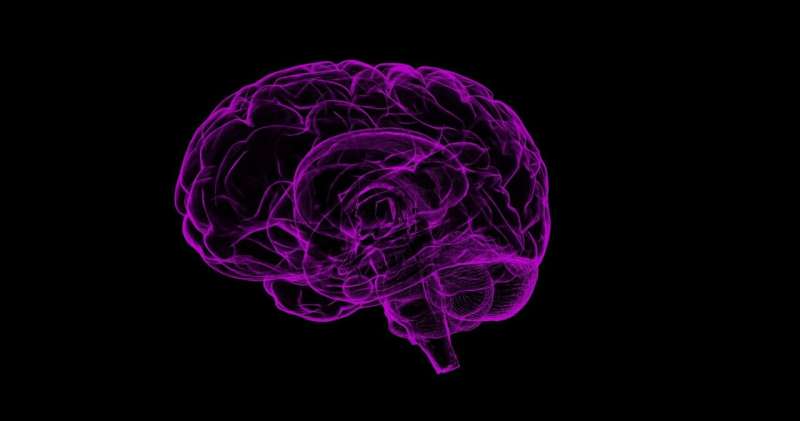Key Metric Identified to Improve Focused Ultrasound Treatment for High-Grade Gliomas

New research identifies a vital acoustic emission dose metric that could improve the safety and effectiveness of focused ultrasound treatments for brain tumors, enabling better drug delivery through the blood-brain barrier.
Recent research has pinpointed a critical measurement that can enhance the precision of focused ultrasound therapy used in treating patients with high-grade gliomas, including aggressive brain tumors like glioblastoma. This breakthrough revolves around the concept of acoustic emission dose—an acoustic signal produced by microbubbles during ultrasound procedures—which can serve as a predictor for optimal blood-brain barrier (BBB) opening.
The blood-brain barrier, a highly selective protective boundary of brain blood vessels, often impedes the delivery of therapeutic drugs to the brain tissue. To overcome this barrier, scientists have developed a technique involving low-power focused ultrasound combined with microbubbles, a method that temporarily disrupts the BBB to facilitate drug delivery.
In a collaborative study between researchers at Mass General Brigham and the University of Maryland School of Medicine, the team analyzed 972 ultrasound applications across 58 treatments in 23 patients. Their findings revealed that maintaining the acoustic emission dose within a target window—specifically between 0.5 and 1.6—allows clinicians to reliably open the BBB while minimizing potential damage. This acoustic emission monitoring provides a new, standardized approach to optimizing treatment safety and effectiveness.
The study builds on foundational work from the 1990s and demonstrates the translation of preclinical discoveries into human applications. Senior author Dr. Alexandra J. Golby notes that this represents a significant advancement in the field, promising improved treatment options for patients with limited alternatives. Continued research will further evaluate the safety and efficacy of repeated ultrasonic BBB openings, opening new possibilities for targeted brain therapies.
According to Dr. Golby, "This research shows the potential to repeatedly open the blood-brain barrier safely, offering hope for enhanced treatment strategies for glioma patients." The key metric—acoustic emission dose—may unify focused ultrasound practices and pave the way for more precise and safe brain treatments.
For more details, visit source.
Stay Updated with Mia's Feed
Get the latest health & wellness insights delivered straight to your inbox.
Related Articles
Revolutionizing Women's Health: Remote Cervical Screening in Remote Communities
A new community-led approach to cervical screening in remote Australian communities is making healthcare more accessible and effective, improving outcomes for women through self-collection and same-day testing.
Evaluating the Effectiveness of Medicinal Cannabis for Pain, Anxiety, and Sleep
Explore the latest evidence on the effectiveness and safety of medicinal cannabis in treating pain, anxiety, and sleep disorders, highlighting current research findings and clinical considerations.
Waist-to-Height Ratio as a Key Predictor of Heart Failure Risk
A new study indicates that waist-to-height ratio is a strong predictor of incident heart failure, surpassing traditional measures like BMI. This metric helps identify at-risk individuals based on fat distribution around visceral organs.



